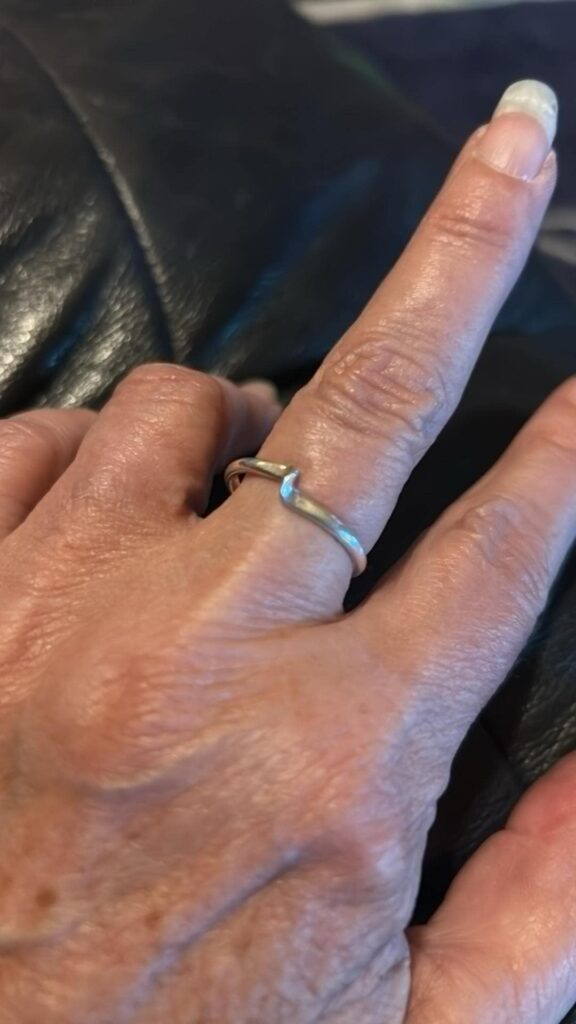

La Danza del Viento
The Dance of the Wind
In the sun-scorched heart of the desert, where ocotillo spines gleam like forgotten swords and the air hums with secrets older than the mountains, the smallest women dance. They are the heart of Baile Folklórico, human blossoms spinning storms of color across cracked earth. Their faldas—skirts of crimson, turquoise, sunflower yellow, and jade—flare like flowers caught mid-bloom, each twirl a percussive prayer against the ground. Woven with zigzags, florals, and birds that speak of ancient regions, these skirts are more than fabric; they’re tapestries of lineage, pulsing with the rhythm of ancestors. Tiny in stature, these dancers command vast presence, their steps summoning heritage, music, and magic. The desert listens. The dunes ripple. And somewhere, beyond the veil, a goddess smiles.
Her name is Xochizantli, the Dancer Beneath the Sun, born of obsidian and hummingbird wings, raised by coyotes, taught rhythm by the hiss of rattlesnakes. She is no deity of thrones or temples. She dances. Her skirts, a cosmic swirl of sand and starlight, cut patterns into the world—spirals of monsoon lightning, arcs of hawk dives, jagged cracks like laughter hardened into stone. When she spins, the desert sings: a low hum of wind through mesquite, the clatter of pebbles rolling free, the sudden hush before heat. Her dance is not conquest but creation, etching glyphs of life into canyon walls—glyphs that hold the essence of survival, joy, and the will to bloom where none should grow. They call her dance La Danza del Viento, the Dance of the Wind, a contained explosion of chaos and order, feminine but untamed, small yet seismic.
Centuries passed, and her glyphs faded, buried under dust and time. But the desert never forgets. In a sun-warped town at the edge of nowhere, where storefronts sag under the weight of endless summers, Cool Bob—a Grandmaster artisan and silverworker—wandered into a blacksmith’s shop. It was a place of horseshoes and hinges, where tools told stories through their rust. Bob, a man of quiet harmony with a workshop carved into a mountainside, was drawn to the ordinary. But that day, the ordinary turned sacred.
In a pile of offcuts, a scrap of silver—no bigger than a thumbnail, hammered flat and forgotten—caught his eye. It wasn’t smooth. It twisted, as if it had tried to spin but froze mid-turn. Holding it to the forge’s glow, Bob watched the light bend into a hypnotic swirl, alive with rhythm. It wasn’t just metal; it was motion, a feeling, a glimpse of color and sound from a dream he hadn’t known he’d dreamed. Soft footfalls echoed—dust on stone—and for a moment, he saw her: a figure small but vast, her skirt a cyclone of joy, her laughter the scent of agave and lightning. Then she was gone, leaving only the twist in his hand and thunder in his chest.
Back in his mountain workshop, where snowmelt traced silver veins through the valley and wildflowers danced with the seasons, Bob didn’t copy the scrap. He followed it. Silver warmed in his hands, moving like it remembered Xochizantli’s steps. The first piece was a cuff—wide, wild, a spiral caught mid-twirl with the hammered texture of thunderclouds. Its edges, struck by lightning’s memory, shimmered with fluid yet geometric grace, as if a meteor had learned to dance. The ring came later, small but fierce, its center hiding that same tiny twist—a tribute, a memory, the eye of the storm. He named them La Danza del Viento, forged not by force but by listening, each piece looking less carved than born.
The cuff is the dance in full bloom—flared, expressive, demanding space. It’s for the matriarchs who carry lineages in their bones, the fire-starters who ignite without apology, the quiet witches who weave spells with a glance. The ring is the heart of the spiral—precise, deceptively simple, revealing motion in stillness when light strikes. It’s for the messengers who carry truths across borders, the dreamers who act when others hesitate, the ones who laugh mid-fall, knowing they’ll land dancing. Together, they are primordial choreography frozen in metal, a design not new but eternal, etched first by Xochizantli’s skirts and rediscovered in a dust storm’s strange music.
That storm came the night Bob finished. A warm gust swept through his workshop, though the windows were shut. The air smelled of agave and ozone, and the forge flared without fuel. Some say Xochizantli crossed the veil that night, her presence a reminder: Even the smallest body can hold a tempest. Even the gentlest spin can shake stone. The desert itself seemed to nod, its winds carving faint spirals in the sand outside.
These are no mere trinkets. They’re tools for souls that spin wild, choosing their wearers with intent. Those who wear La Danza del Viento speak of subtle shifts: chaos turning to rhythm, as if life’s overwhelm is just a dance waiting to be learned; creative fury waking them at 3 a.m. to paint, write, or move; breezes following them indoors, carrying the scent of distant storms; memories stirring—not of this life, but of something older, like a name whispered in a language they almost know. The pieces are not for the passive. They demand presence, and they don’t always choose the same person twice.
Cool Bob didn’t invent La Danza del Viento. He was merely the hands that listened. Years later, in a quiet moment, he’d sit on his workshop porch, watching the valley where wildflowers swayed like dancers. He’d tilt the original scrap—still kept in a small wooden box—and see the twist catch the light, still twirling, still alive. And sometimes, when the wind was just right, he’d hear faint footfalls, soft as dust on stone, and know she was still out there—Xochizantli, the Dancer Beneath the Sun, spinning storms from silence, shaking the world with every step.